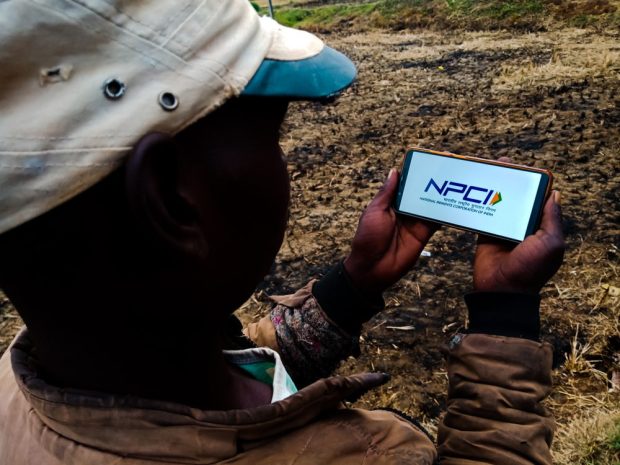India’s UPI Paves Path for Global, Interoperable Real-Time Remittance Network

India is paving the path to payments interoperability — not just across providers, but across borders.
For payments to become truly ubiquitous — especially real-time remittances — countries’ payments schemes have to connect, streamlining the direct transfer of funds.
India’s National Payments Corporation of India (NPCI) said in a release Tuesday (Jan. 10) that it is widening access to the Unified Payments Interface (UPI) to non-resident Indians in several countries.
Those countries include Singapore, the U.K., Australia, Canada and the U.S.
“There has been customer demand in the ecosystem to enable UPI for their [non-resident] accounts …[to] experience the seamless and instant journey of UPI,” the NPCI wrote.
And also this week, as reported by sites such as OutlookIndia.com, the interoperability between UPI and Singapore’s own near-instant, real-time payments network is expected to come soon, per central bank officials. The interoperability will have some immediate impact, as the direct interactions would reportedly reduce remittance costs by 10%.
The Singapore-related news follows the early 2022 announcement that Nepal also would utilize India’s UPI system; Bhutan did so in 2021.
As for the low-hanging fruit that is tied to all this interoperability: At present, remittances are P2P, real-time use cases that are, to put it mildly, exploding. India became the first country to log $100 billion in remittances, a milestone touched last year, and up 12% from 2021, according to the World Bank.
Expanding the Reach
As NPCI effectively makes UPI into a payments rail that has reach into other countries (and as those countries co-opt UPI technology as needed), the stage is being set for real-time systems, and thus real-time payments, to be more closely linked, too (Singapore’s PayNow and Thailand’s PromptPay real-time systems are already linked, in just one example).
The shared technologies, regional linkups and eventual global interoperability will likely have the ripple effect of displacing some other technologies that had once been, to some observers, the key enablers of real-time payments at scale. The card networks have continued to angle for a piece of the proverbial pie here and have global reach and installed user bases (though merchant acceptance/regional presence can remain a gating factor).
Blockchain’s another key example here, but adoption has been low. In one PYMNTS study, According to a PYMNTS/Stellar Foundation study, nearly a quarter (23%) of consumers surveyed who made online cross-border peer-to-peer (P2P) payments sent funds using at least one kind of cryptocurrency, while 13% of consumers said cryptocurrencies were their most used payment method for online cross-border remittances.
The readiness to promote real time, instant, interoperable P2P transactions is there, too. PYMNTS data, as shown in the chart below, finds that it takes days to get cross-border funds in hand, even in an increasingly digital age.
